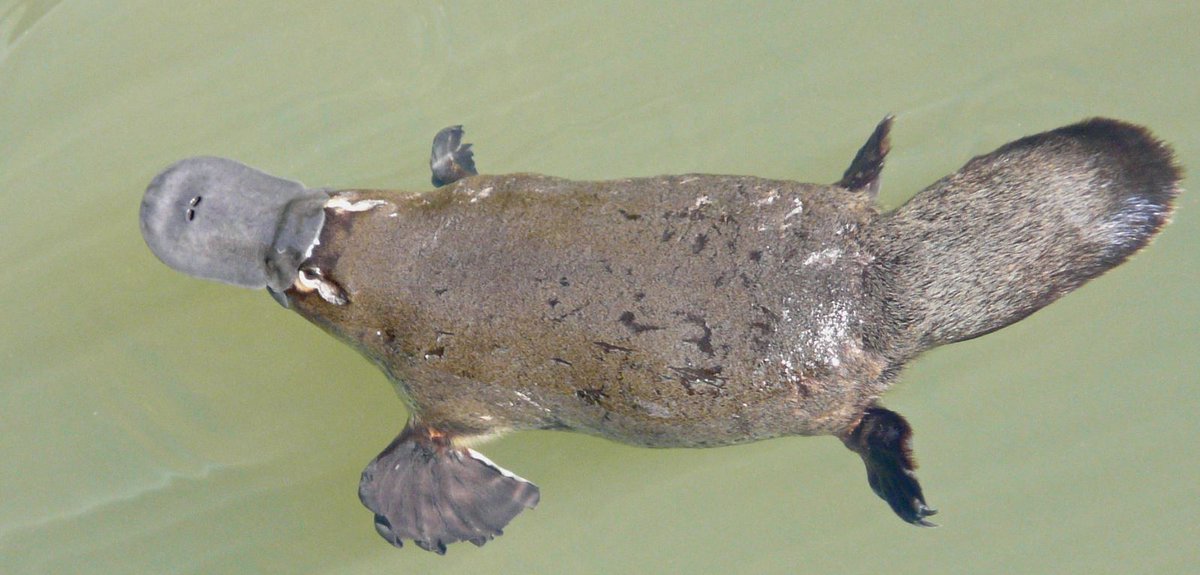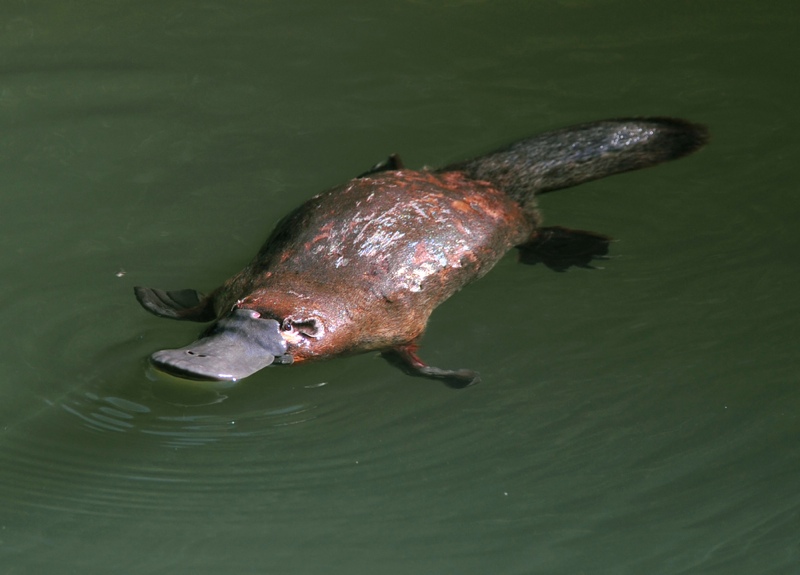

However, more recently, researchers began to suspect that placoderms do not form a natural group, and the origins of modern jawed vertebrates lay within the assemblage. Scientists had long regarded placoderms as a natural group of their own. Once again, the condition in Brindabellaspis is unlike that of other placoderms, with a sac resembling that of sharks.Īs a sort of placoderm-bony-fish-shark chimera, Brindabellaspis has a profound impact on our understanding of the early evolutionary history of vertebrates. In placoderms, this connection was via a simple tube, whereas sharks have an endolymphatic sac that acts like a reservoir. Most early fishes, however, as well as modern sharks, have an open endolymphatic system that connects to the water outside. Modern bony fishes and land-dwelling vertebrates have a closed endolymphatic system. In fact, if you put the inner ear of Brindablleaspis and that of a human side to side, the upper part looks very similar, and is totally different from previously known placoderms. This latter condition is exactly what the researchers found inside the skull of Brindabellaspis. In contrast, the inner ear of the ancestors of modern fishes and land-dwelling vertebrates is compact, with much more connection between different components. Most placoderms have distinctive inner ear features, with a very large sac known as a vestibule placed in the center, separating all other components.

Much to their surprise, the researchers found previously unseen areas inside the braincase that contain a critical pack of information: This ancient placoderm fish has an inner ear that resembles modern jawed vertebrates, including modern sharks and bony fishes, as well as the distant ancestors of humans. The fossils can even be 3D printed, without causing any harm to the extremely fragile fossils.

These techniques use X-rays to look inside and digitally dissect fossils. The morphology of the brain cavity suggested it was closely related to primitive jawless fishes.Ī team of scientists from China, Australia, the UK and Sweden re-investigated these mysterious fossils using cutting-edge MicroCT scanning and digital reconstruction.

Most excitingly, the fossil of Brindabellaspis included the braincase, a kind of bony box inside the head that housed the brain and sensory organs. He named the fish Brindabellaspis stensioi, and other people jokingly dubbed it "platypus fish" because of its long beak. Young found several fossils of a long-beaked fish, a type of placoderm, in the Burrinjuck limestones in Australia. The study was published in Current Biology on Jan 27.īack in 1960s, paleontologist Dr. LU Jing from the Institute of Vertebrate Paleontology and Paleoanthropology (IVPP) of the Chinese Academy of Sciences. New findings on the brain and inner ear cavity of a 400-million-year-old platypus-like fish cast light on the evolution of modern jawed vertebrates, according to a study led by Dr.


 0 kommentar(er)
0 kommentar(er)
